What is DeFi? (Decentralized Finance)
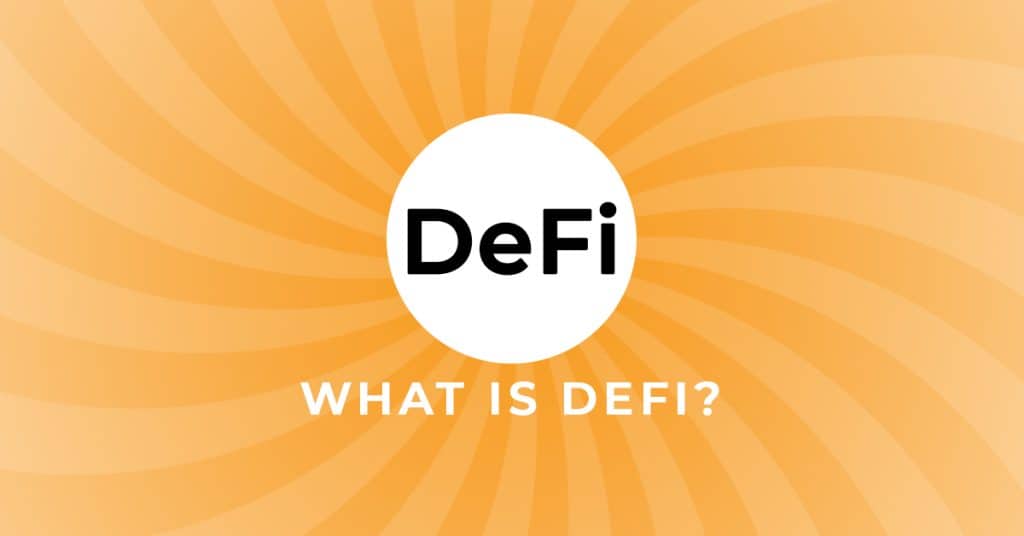
DeFi (Decentralized Finance) can be thought of as the financial infrastructure for the crypto ecosystem. It encompasses the digital assets, dApps (Decentralized Applications), smart contracts and protocols that run on top of public blockchains such as Ethereum, the best-known smart contract platform with the largest developer community. DeFi is a world where an open financial market exists that is both trustless and permissionless, with no centralized authority in control.
Although cryptocurrencies such as Bitcoin are already considered decentralized and borderless in nature, given the manner by which they issue and store value, we need DeFi to decentralize the core financial system itself. Cryptocurrencies, in many cases, are still dependent on centralized exchanges for their use. DeFi ushers in a world of DEXs (Decentralized Exchanges) and smart contracts to ensure that there are no centralized points of control.
What we have seen in recent years is an explosion of new platforms and dApps (Decentralized Applications) offering banking-like functions to investors seeking to generate higher yields on their assets compared to what they could otherwise obtain via traditional finance. That’s if they’re lucky enough to have access to traditional banking services at all. It’s estimated that 1.7 billion of the world’s population is currently unbanked. This financial exclusion undermines the quality of life and hampers the economic growth prospects of many countries. DeFi and the cryptocurrencies which underpin it, aim to fix this.
By The Numbers
A strong market-fit exists and demand for innovative, DeFi-related services continues to soar. So, let’s take a look at the numbers.
TVL (Total Value Locked) is considered the key metric when assessing the level of interest in the DeFi sector and it includes all coins/tokens deposited into protocols. At the end of 2019, the TVL across all DeFi protocols was $630 million, at the end of 2020 it was $18.07 billion, and by the close of 2021 it was $238 billion. A staggering 379x increase over the 2-year period. Statistics can be found here via DeFi Llama.
To date, the majority of DeFi activity takes place on the Ethereum network however there are now other emerging networks that aim to capture market share by offering lower fees, faster transaction speeds, and lucrative funding/grants to attract developers and new projects. If we look at 2021 in isolation ($238 billion in TVL):
- Ethereum accounted for $148 billion (62.1% market share)
- Terra $18 billion (7.5%)
- Binance Smart Chain (BSC) $16.1 billion (6.7%)
- Avalanche $11.8 billion (4.9%)
- Solana $11.1 billion (4.6%)
- Polygon $5.5 billion (2.3%)
- Fantom $4.4 billion (1.8%)
- followed by a long list of smaller players which make up the balance.
Platforms and applications can operate on just one of these networks or spread themselves across many.
Must read: Risks of DeFi
Lending & Borrowing with DeFi
In terms of use cases, lending and borrowing are primary functions of the DeFi ecosystem. This involves depositing assets into a platform and earning interest when someone else borrows them. A major difference to traditional finance is the way that a DeFi platform handles the funds in between. In traditional banking, financial institutions check if the borrower is capable of paying back a fiat loan or not. In DeFi, cryptocurrency loans are executed from start to finish by smart contracts which connect lenders and borrowers without the need for an intermediary such as a bank.
Smart contracts dictate the terms of the loan based on predetermined conditions and then distribute the interest in the form of rewards. These rewards may be distributed to the lender in-kind (for example, lend ETH and earn rewards in ETH) or by issuing rewards by way of the platform’s native token. Typically, loans are collateralized with the borrower being required to provide a guarantee in the form of cryptocurrencies, usually to a value which exceeds the actual loan amount itself. At first glance, this would seem to be a non-sensical thing to do as the user could simply sell their cryptocurrency if they needed funds. However, there are some valid reasons why providing collateral in this way and electing to take a loan can make a lot of sense for investors.
- Tax implications. A loan in most countries is not considered a taxable event which would give rise to profits/income tax. Conversely, if the user sells their cryptocurrency, they may be liable to pay tax on any gains.
- The user may want to hold onto their cryptocurrency as they feel it will be worth more in the future, even after loan interest is taken into consideration.
- The user may wish to use the loan to leverage or add to their existing positions.
Some of the top players in the DeFi lending market are Aave, MakerDao and Compound Finance.

DEXs (Decentralized Exchanges)
Decentralized Exchanges are the beating heart of the DeFi ecosystem. DEXs are marketplaces where cryptos are traded peer-to-peer, linking buyers and sellers, without the need for an intermediary. These transactions are facilitated using smart contracts.
DEXs are typically non-custodial, meaning users keep control of their wallet’s private keys and only need to connect a smart contract enabled wallet, such as Metamask to the platform. This is a fundamental difference between a DEX and a centralized exchange such as Binance, where the exchange has full control of your private keys and therefore your assets.
Another major difference is that DEXs are privacy friendly. Users are not required to submit personal identification, undertake any KYC (Know-Your-Customer) or AML (Anti-Money-Laundering) procedures. So, for those who enjoy their privacy, this is a major advantage. However, there is a trade-off. Unlike centralized exchanges which are often regulated entities, that may also offer custodial deposit insurance, DEX users are fully responsible for losing their crypto assets. If they make mistakes, such as losing their private keys, the responsibility lies fully with the individual, often without a resolution possible.
There are 3 different kinds of DEXs:
AMMs (Automated Market Makers)
AMMs rely on oracle services to set the price of traded assets. Instead of matching buy and sell orders, smart contracts on these decentralized exchanges use pre-funded pools known as liquidity pools. These pools are funded by users who earn transaction fees every time a trade is executed on a particular trading pair.
The leading AMM in the market place is Uniswap which is an Ethereum based DEX and therefore compatible with ERC-20 tokens and wallet services such as Metamask. Uniswap has its own governance token called $UNI.
DEX aggregators
DEX aggregators solve the problem of liquidity in a different way. These platforms aggregate liquidity from several DEXs to minimize slippage, optimize fees and obtain the best possible token price for the user.
The most prominent DEX aggregator is 1INCH. This aggregator optimises trades across hundreds of DEXs on multiple networks including Ethereum, Binance Smart Chain (BSC), Polygon, Arbitrum, Avalanche and Gnosis. 1INCH has its own governance and utility token, unsurprisingly called $1INCH.
Order Book DEXs
Order Book DEXs compile records of all buy and sell orders for a particular trading pair. The spread between these two prices determines the depth of the order book and the market price on the exchange. A trader can execute a trade successfully when their order is matched with another trader’s order.
There are 2 types of orders in the order book:
- Market orders which enable traders to buy or sell an asset for the best available price at a current moment.
- Limit orders enable traders to choose an expected buy or sell price of an asset and their order will sit on the DEX until a suitable order is matched with it, if at all.
Derivatives
Cryptocurrency derivatives are a sign of a maturing market and their adoption is very much needed for such a volatile asset class. Typically, investors use derivatives to either hedge their portfolio or to speculate. There are some key differences between DeFi derivatives and their traditional counterpart.
DeFi derivatives are governed by smart contracts. There is no need for a central broker or authority. Trades are settled automatically (on-chain) and users can create instruments for almost any type of asset.
Commonly used DeFi derivatives include Futures, Options, Swaps and Forwards.
- Futures – Purchase an underlying asset at a pre-determined price at a fixed time in the future.
- Options – Buy or sell an underlying asset for a pre-determined price (right to do so, not obligation).
- Swaps – Like Futures and Options you can speculate on the future value of an asset however swaps do not include any settlement of expiration date.
- Forwards – A more customizable version of a Futures contract.
Some of the biggest players in the DeFi derivatives space include DYDX, Synthetix and Mirror Protocol.
How to get Started with DeFi
Embarking on a journey into DeFi requires the installation of a wallet for your browser, ideally one that supports Ethereum as well as other networks. There are plenty of options out there however the most popular choice is Metamask.
- Download the Metamask extension on your desktop (Chrome or Brave Browser supported). A mobile version is also available.
- When you have installed the extension, you will be asked to create a wallet. Click ‘create a wallet’ option.
- After agreeing to the terms and conditions, you will be asked to create a password. Make sure it is unique, write it down and store it in a safe place (not on your computer!)
- A 12-word seed phrase will be allocated to you. Again, make sure this is written down and always stored in a safe place as this is the only way that you can recover your account if there is a mishap in the future.
- Fund your account with Ethereum.
See here for a step-by-step guide on how to use Metamask.
The Future is Here and Now
The flexible nature of DeFi and the breathtaking speed of innovation and adoption in the space, all bodes well for DeFi to continue a rapid growth path in the coming years. Proponents of the sector aim to build-out the ecosystem to the extent that it can rival traditional banking operations. Although, such a goal seems lofty, it’s hard to ignore the obvious market-fit and the benefits that DeFi can deliver to the masses as compared to traditional finance.

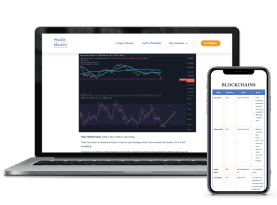



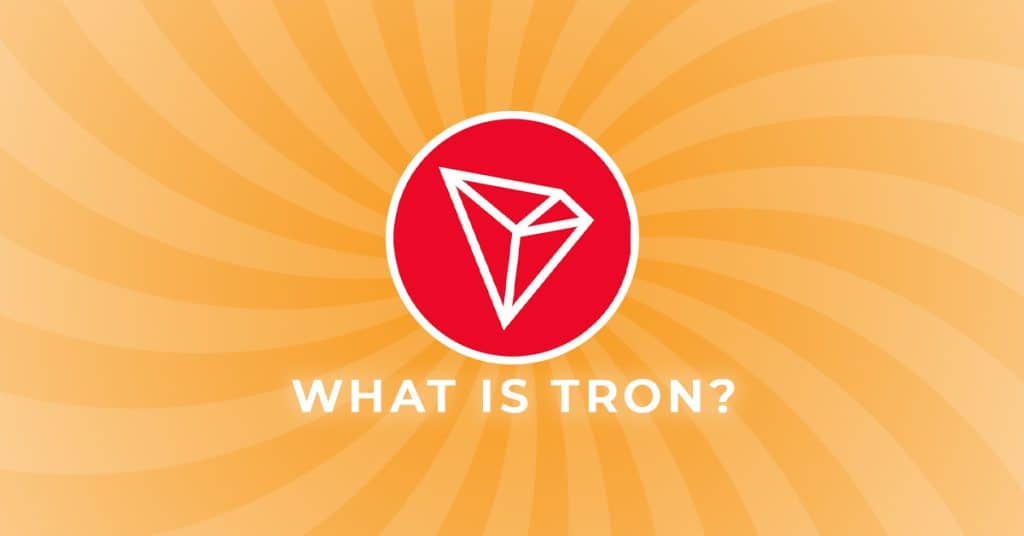
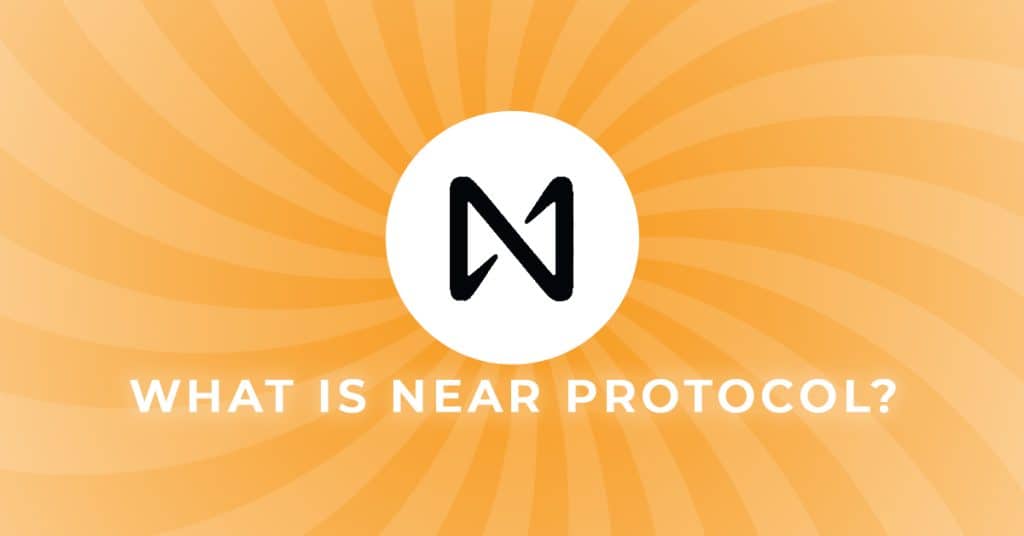
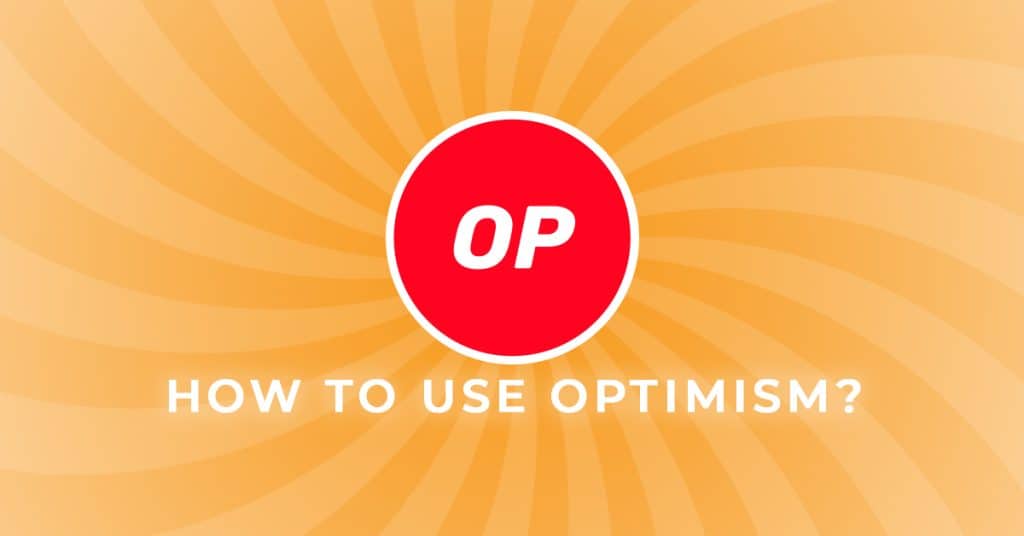
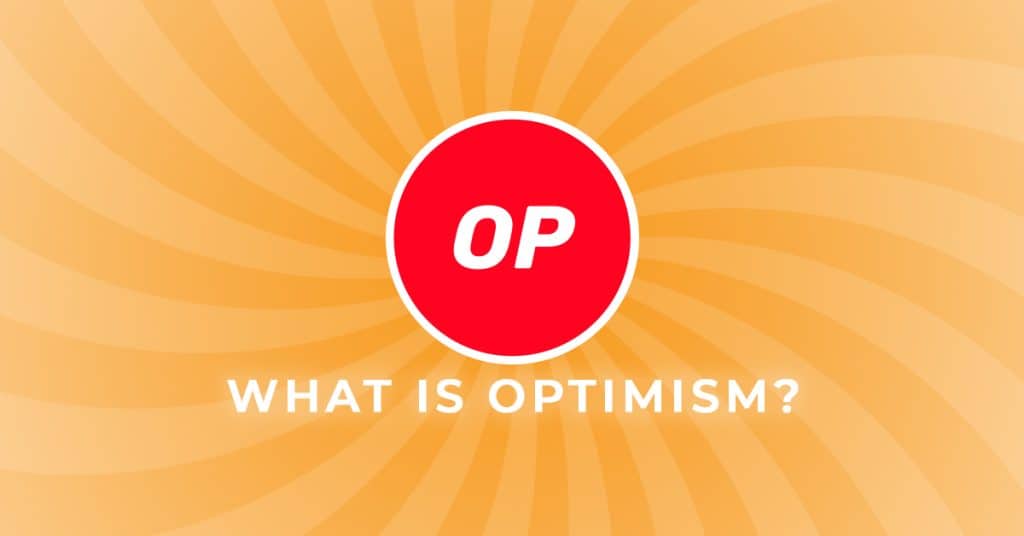
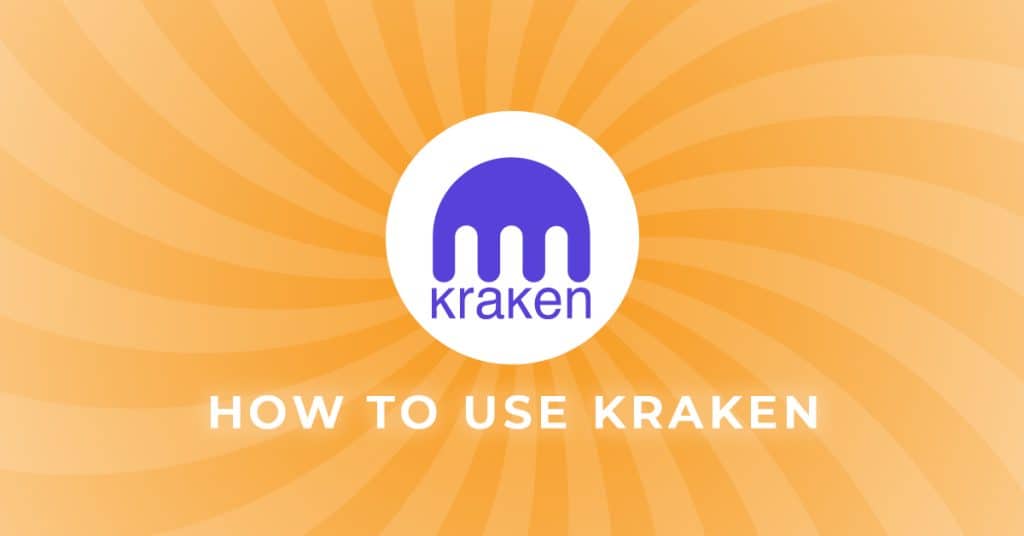
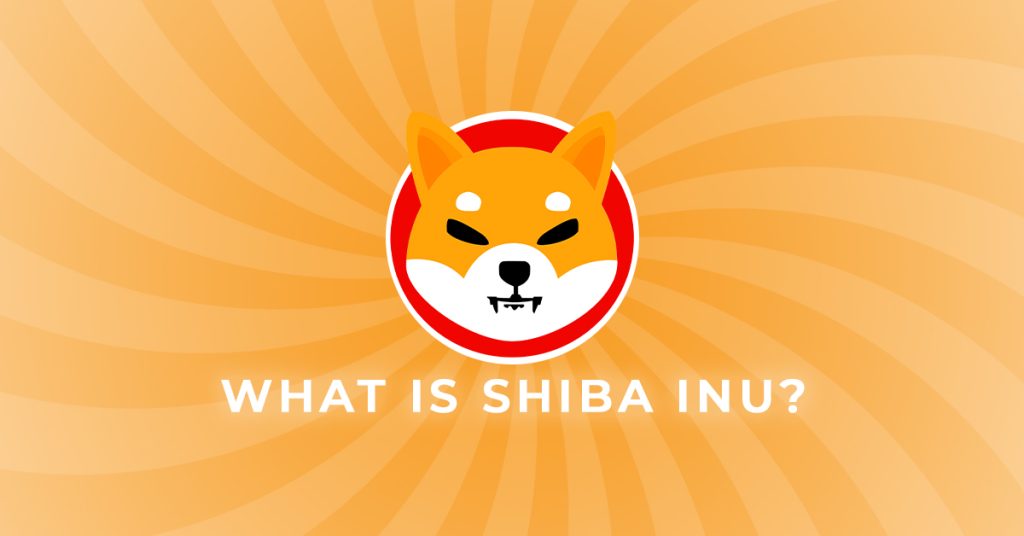
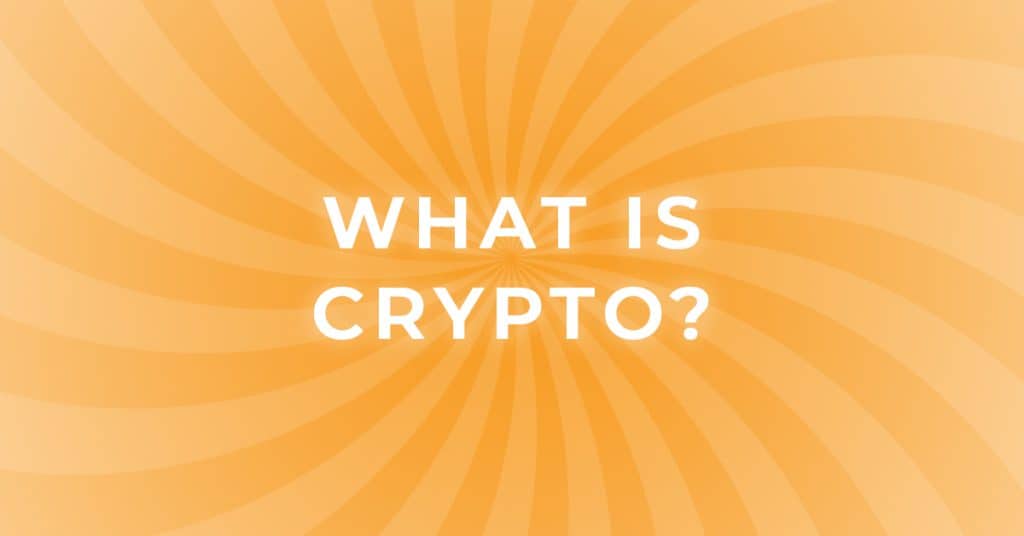
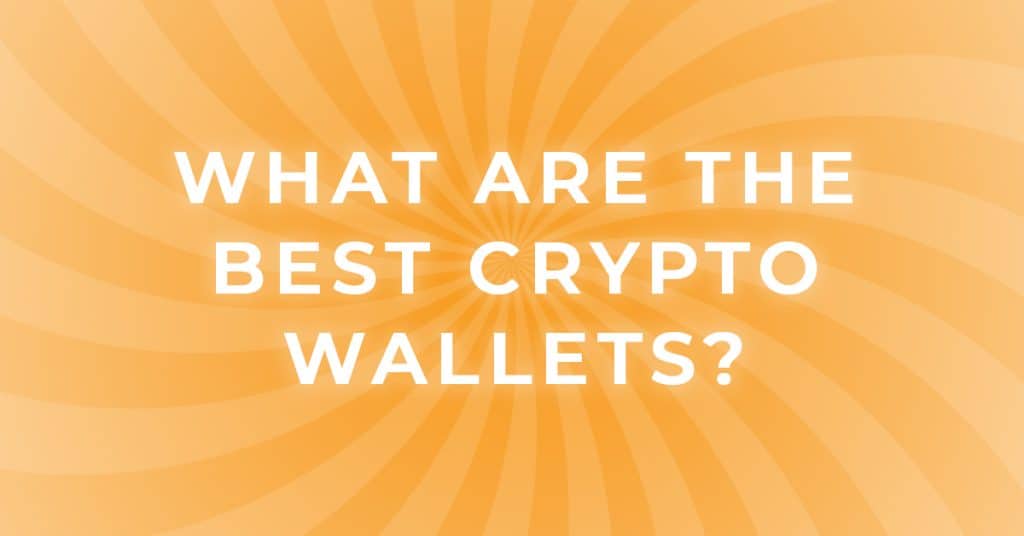
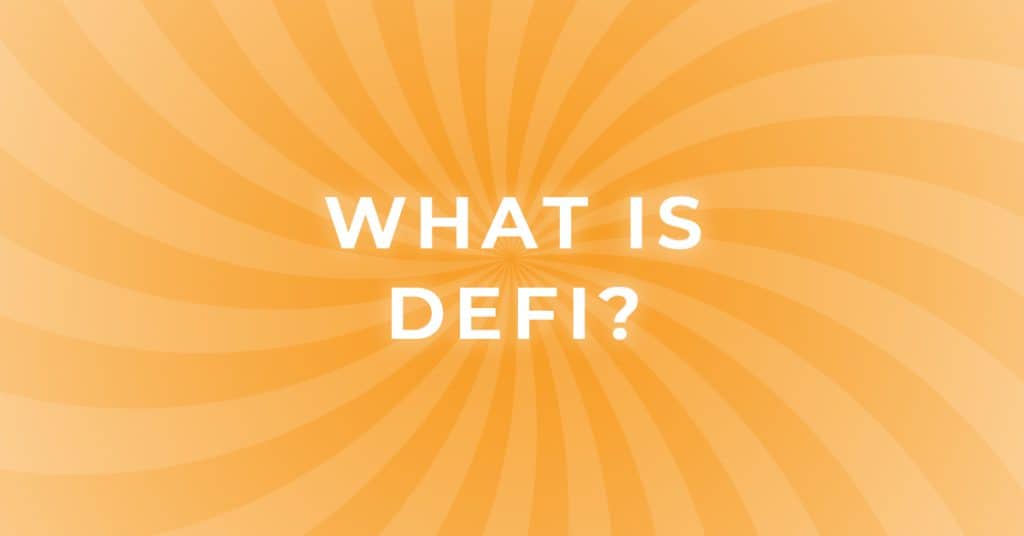

What’s the best way to keep track of where your coins are? IE Which Dex, where they’re staked, or where you may have a leveraged deal going? Other than writing it in excel or something?
Like a dashboard or something?
Debank is pretty good for that